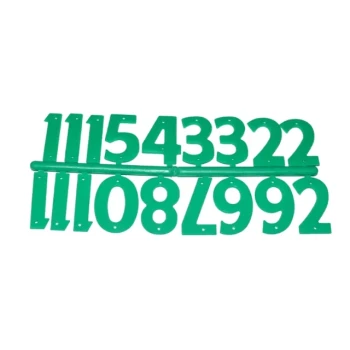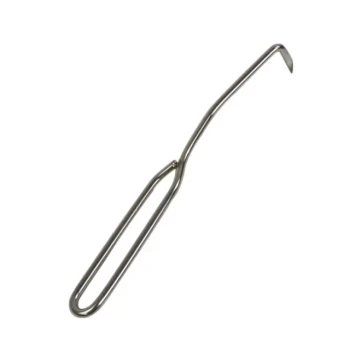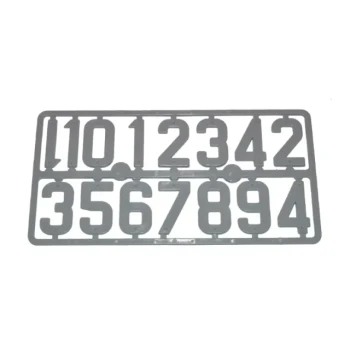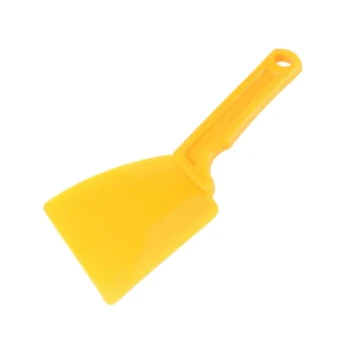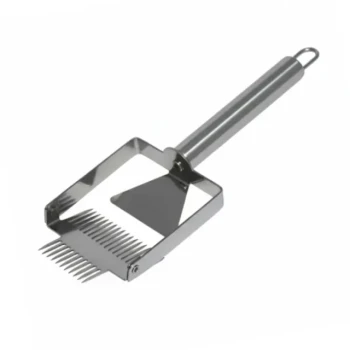To keep ants out of your honey, you must focus on two key actions: cleanliness and physical barriers. After every use, wipe the jar and lid completely clean with a damp cloth to remove any sticky residue that attracts ants. For a guaranteed solution, place your honey jar in a shallow dish or bowl of water, creating a "moat" that ants cannot cross.
Preventing an ant infestation in your honey isn't about a single trick, but about systematically breaking the ants' ability to detect and reach the food source. Your strategy must address both the scent trails that guide them and the physical paths they use to get in.
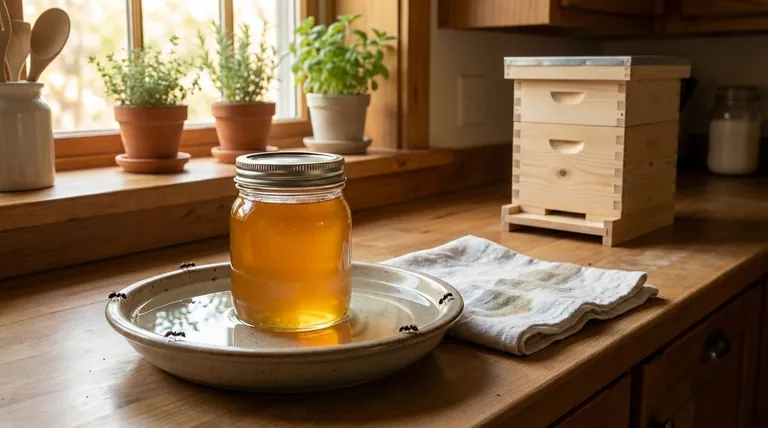
Understanding the Root Cause: How Ants Find Your Honey
To solve this problem permanently, you must first understand the ant's perspective. Ants operate on simple, highly effective principles of scent and access.
The Power of Scent Trails
A single, tiny drip of honey on the side of the jar or on your counter is a massive signal to an ant scout. Once found, the scout lays down a pheromone trail, creating an invisible chemical highway that guides the entire colony directly to the source.
The Relentless Search for Access
Ants are incredibly persistent and can exploit the smallest imperfections. A lid that isn't screwed on perfectly tight or a microscopic gap in a seal is an open invitation for them to invade the container.
A Multi-Layered Defense Strategy
A robust defense involves disrupting the ants' system at every level. Combining these methods will provide a nearly foolproof solution.
Layer 1: Eliminate the Scent Trail
This is your first and most important line of defense. After each use, take a moment to thoroughly wipe down the honey jar, paying special attention to the threads of the lid and the lip of the opening. Also, wipe the counter or shelf where the honey is stored. This erases the scent trails and removes the initial attractant.
Layer 2: Create an Impassable Physical Barrier
This tactic makes it physically impossible for ants to reach the jar, even if they detect its scent. The most effective method is the water moat.
Simply place your honey jar inside a slightly larger, shallow bowl and add about a half-inch of water. Ants cannot swim across this barrier, effectively isolating your honey on an island.
Layer 3: Seal the Source
Always ensure your honey jar lid is closed as tightly as possible. For jars with poor seals or for persistent infestations, consider placing the entire honey jar inside a larger, airtight plastic or glass container. This adds a second layer of sealed protection.
Understanding the Trade-offs: The Refrigeration Debate
Storing honey in the refrigerator is often suggested as a simple fix, but it comes with a significant trade-off that you must understand.
The Pro: Guaranteed Ant Prevention
Cold temperatures effectively halt ant activity. Storing your honey in the refrigerator is a foolproof way to ensure no ants will ever get into it.
The Con: Honey Crystallization
The primary downside is that cold temperatures drastically accelerate the natural process of honey crystallization. The liquid honey will become thick, sugary, and difficult to pour. While this does not mean the honey has gone bad, it changes the texture.
You can reverse crystallization by gently warming the jar in a bowl of warm (not boiling) water until the crystals dissolve.
Making the Right Choice for Your Goal
Your best strategy depends on the severity of your ant problem and your personal preference for honey texture.
- If your primary focus is simplicity for an occasional ant: Meticulous cleanliness is your best approach. Wiping the jar and counter after each use will likely solve the problem.
- If your primary focus is a permanent solution to a persistent problem: The water moat is the most effective, non-intrusive method that preserves your honey's texture.
- If your primary focus is absolute prevention above all else: Refrigeration is a guaranteed fix, but be prepared for your honey to crystallize and require re-liquifying.
By understanding how ants operate, you can easily implement a simple and permanent solution to protect your honey.
Summary Table:
| Method | Key Action | Best For |
|---|---|---|
| Cleanliness | Wipe jar and counter after every use | Preventing occasional ant scouts |
| Water Moat | Place jar in a shallow dish of water | A permanent, foolproof solution |
| Refrigeration | Store honey in the refrigerator | Absolute prevention, accepting crystallization |
Protect Your Honey Harvest with Professional-Grade Supplies
Are you a commercial beekeeper or distributor struggling with pests and spoilage? HONESTBEE supplies durable, high-quality beekeeping equipment designed to protect your valuable honey yield. From secure storage containers to harvesting tools that minimize mess, our wholesale-focused operations provide the reliable gear you need to scale your business efficiently.
Contact our expert team today to discuss your commercial or wholesale needs and ensure your honey stays pure and profitable.
Visual Guide
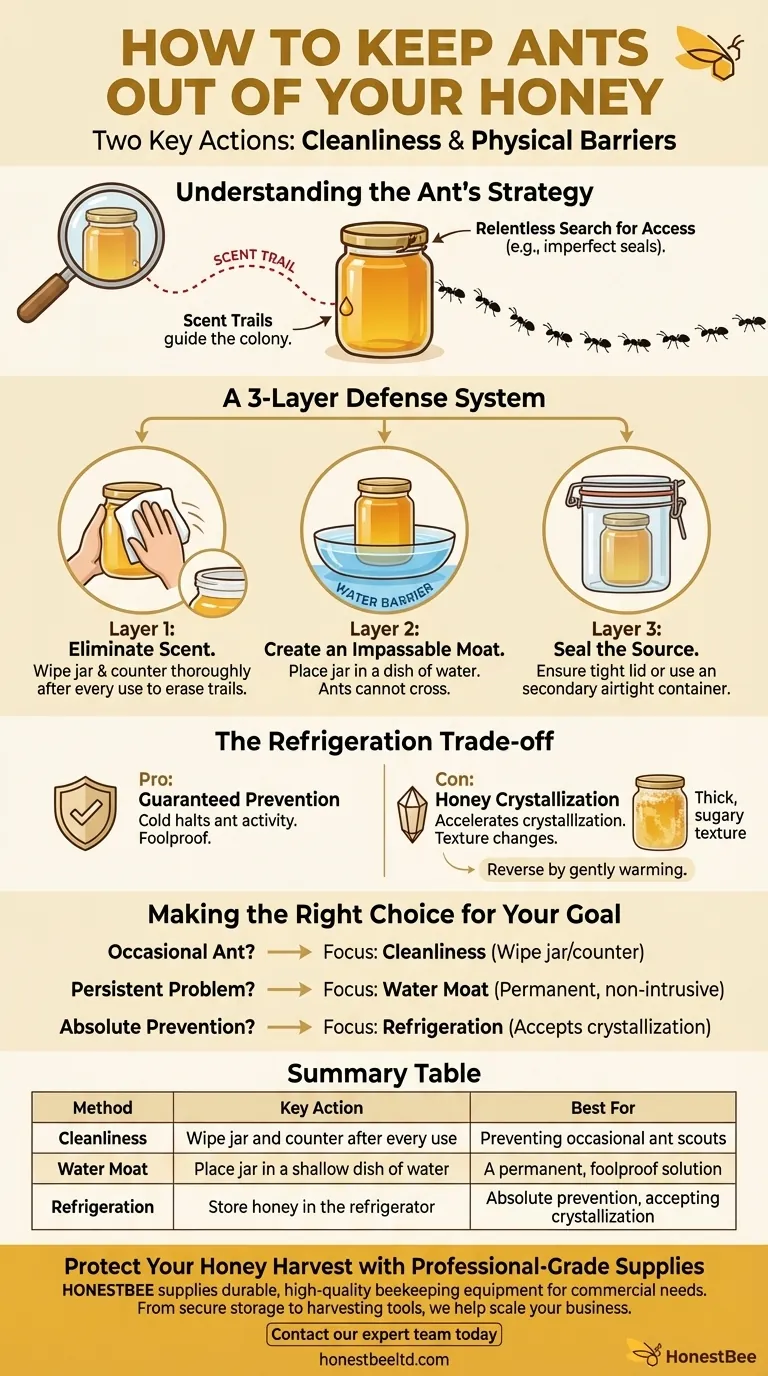
Related Products
- Wholesales Dadant Size Wooden Bee Hives for Beekeeping
- Langstroth Bee Hives Bee Keeping Box for Beginners Beekeeping
- Long Langstroth Style Horizontal Top Bar Hive for Wholesale
- Professional Insulated Plastic Bee Hives
- Automatic Honey Flow Beehive 4 Frame Mini Hive for Beekeeping
People Also Ask
- What types of products are available for beekeeping needs? Essential Equipment for Apiaries & Distributors
- Why were wooden hives traditionally preferred? For Natural Beekeeping Aligned with Bee Biology
- What should beginners consider when purchasing beekeeping equipment? A Guide to Essential Starter Gear
- What are the advantages of wooden bee hives? Superior Bee Health & Beekeeper Flexibility
- What should you do if you find an ant nest near your beehive? Essential Strategies for Hive Protection









